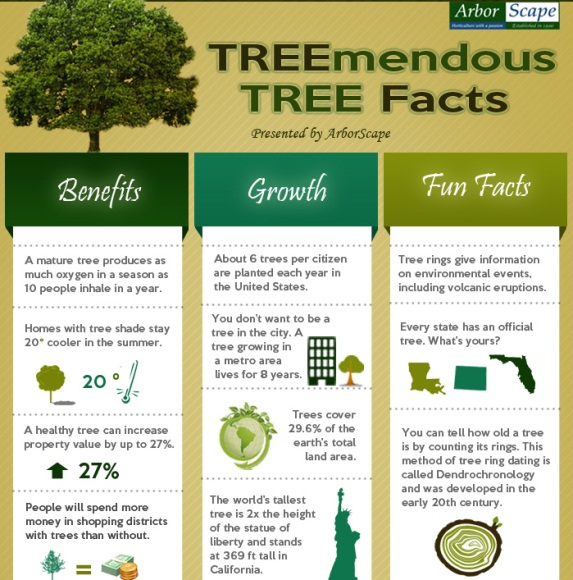Post-Tree Removal Care Is Essential For Landscape Reconstruction; Uncover Crucial Steps To Revitalize Your Room And Stop Future Concerns
Post-Tree Removal Care Is Essential For Landscape Reconstruction; Uncover Crucial Steps To Revitalize Your Room And Stop Future Concerns
Blog Article
Produced By-Powell Cochrane
After a tree's elimination, your landscape might look fairly various, and it's important to assess the after-effects carefully. Pruning Fig Tree 'll intend to assess the soil disruption and check bordering plants for any indications of stress and anxiety. Overlooking these aspects can bring about larger troubles down the line. So, what should you finish with those stumps and roots? And exactly how do you pick the very best plants for your rejuvenated space? Let's discover these essential steps.
Analyzing the Results: Examining Your Landscape
After a tree removal, it's crucial to examine your landscape to understand the influence it carries your backyard.
Begin by taking a look at the location where the tree stood. Try to find indicators of soil disturbance, and examine the bordering plants for any kind of tension or damage.
You ought to also remember of just how the removal has actually changed sunlight exposure and air movement in your garden. This change can impact the development of nearby plants, so it's necessary to evaluate their health.
Take into consideration the aesthetic aspects also; the removal may create an open space that you can upgrade.
Ultimately, think of any kind of possible erosion concerns that may arise from the tree's absence. Resolving these factors early will aid recover equilibrium to your landscape.
Handling Stumps and Origins: Alternatives for Removal
Once you've assessed the aftermath of the tree removal, you'll likely need to tackle the stump and origins left behind.
You have a couple of choices for removal. One efficient method is stump grinding, where a professional utilizes a device to grind the stump to underground degree. This strategy leaves minimal interruption to your landscape.
If you prefer a DIY approach, you can use a mix of digging and chemical stump eliminators. Simply remember, this procedure can require time and effort.
Alternatively, think about leaving the stump as an all-natural attribute, which can work as an one-of-a-kind garden aspect or environment for wild animals.
Whatever you pick, attending to the stump and origins is important for recovering your landscape.
Selecting the Right Plant Kingdoms for Your New Area
As you assess your freshly gotten rid of room, picking the right plants can considerably boost your landscape's elegance and capability.
Begin by taking into consideration the sunshine and dirt problems. For sunny areas, choose drought-resistant plants like lavender or succulents. In shaded areas, ferns and hostas grow well.
Think of the size and growth habits of your plants; mix perennials and annuals for seasonal selection. Don't fail to remember to incorporate native types; they need much less upkeep and assistance neighborhood wildlife.
Team plants in weird numbers for a much more all-natural appearance and develop layers for visual deepness.
Lastly, ensure you have a mix of shades and structures to maintain your landscape lively throughout the seasons.
Delighted growing!
Verdict
Finally, restoring your landscape after tree elimination is a gratifying procedure. By assessing the consequences, resolving stumps and origins, and choosing the right plants, you'll develop a successful setting. Don't forget to include erosion control measures to secure your soil. With https://burningstumpsout94949.blogginaway.com/35938743/the-worth-of-tree-pruning-enriching-aesthetic-appeal-and-encouraging-tree-health and treatment, you can change your room right into a vivid garden that boosts your residential property. Accept the possibility to revitalize your landscape and delight in the elegance of nature right in your backyard!
